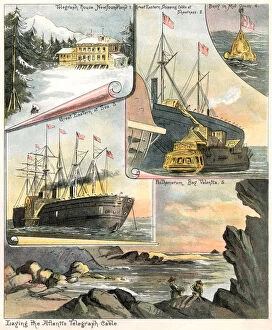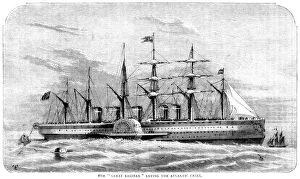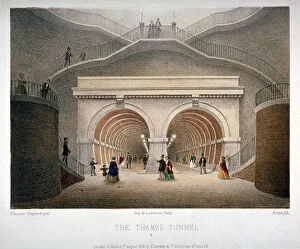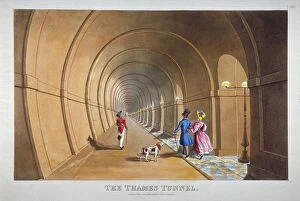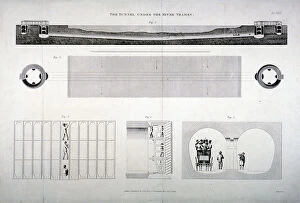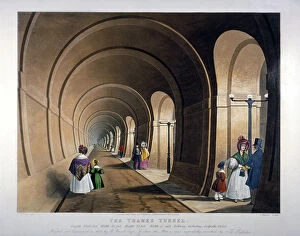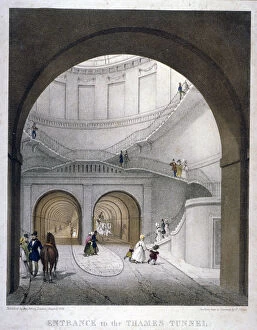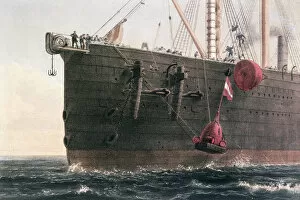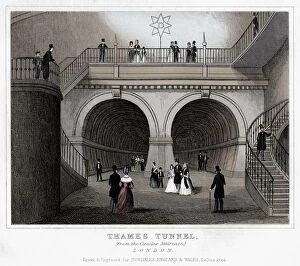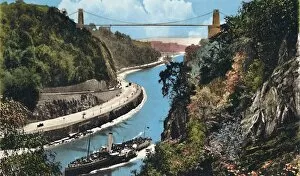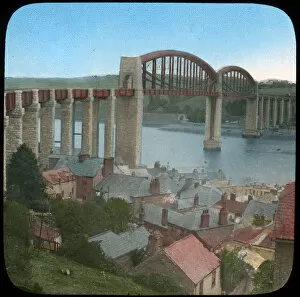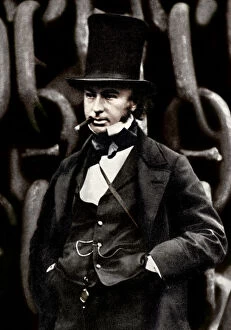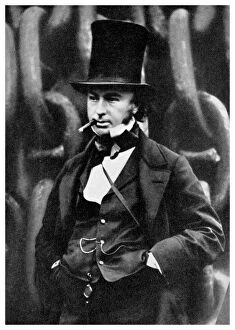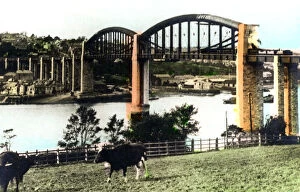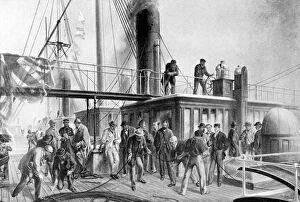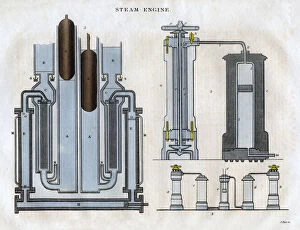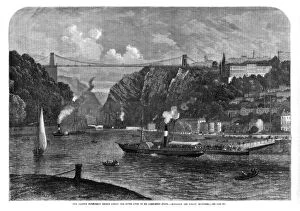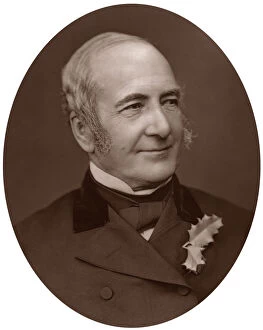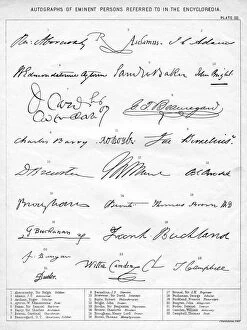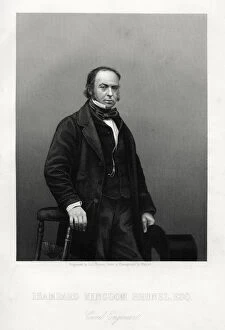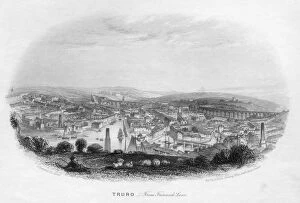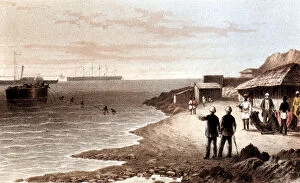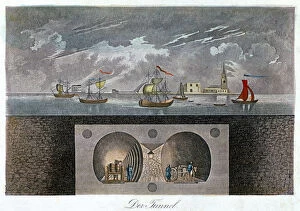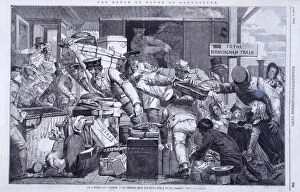Isambard Kingdom Brunel Collection (page 5)
Isambard Kingdom Brunel, the visionary civil engineer of the 19th century, left an indelible mark on the world with his remarkable creations
For sale as Licensed Images
Choose your image, Select your licence and Download the media
Isambard Kingdom Brunel, the visionary civil engineer of the 19th century, left an indelible mark on the world with his remarkable creations. Standing before the launching chains of the Great Eastern, he exuded confidence and determination that would propel him to greatness. One of his most iconic achievements was the Clifton Suspension Bridge, a marvel spanning the Avon Gorge in Bristol. Designed by Brunel himself, this engineering masterpiece showcased his ingenuity and ability to blend functionality with beauty. But it wasn't just bridges that captivated Brunel's imagination; he also had a passion for ships. The SS Great Eastern stands as a testament to his ambition and innovation. As it sat on stocks at Millwall on the Thames, awaiting its launch in 1857, one could only imagine what wonders awaited onboard this great steamship. Brunel's brilliance extended beyond physical structures; he also revolutionized underground transportation. The proposed western archway of the Thames Tunnel in London gave us a glimpse into his forward-thinking mind and laid foundations for future subterranean networks. With each new project came excitement and anticipation. The launch of SS Great Eastern in 1857 was met with awe-inspiring spectacle as crowds gathered to witness history being made. This monumental event solidified Brunel's legacy as one of Britain's greatest engineers. His impact reached far beyond British shores too; Valentia Island became synonymous with technological advancement when cables were laid there under Brunel's guidance in 1865. His vision connected continents like never before, paving the way for global communication systems we rely upon today. Isambard Kingdom Brunel embodied innovation and fearlessness throughout his career as a civil engineer. His contributions continue to inspire generations who dare to dream big and push boundaries further than ever imagined.

